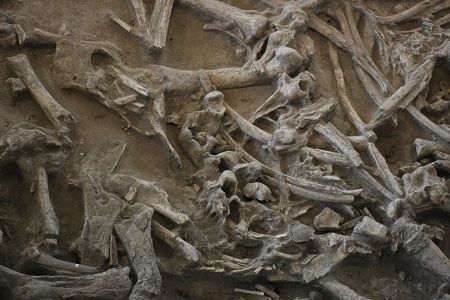- Revenue Cycle Management
- COVID-19
- Reimbursement
- Diabetes Awareness Month
- Risk Management
- Patient Retention
- Staffing
- Medical Economics® 100th Anniversary
- Coding and documentation
- Business of Endocrinology
- Telehealth
- Physicians Financial News
- Cybersecurity
- Cardiovascular Clinical Consult
- Locum Tenens, brought to you by LocumLife®
- Weight Management
- Business of Women's Health
- Practice Efficiency
- Finance and Wealth
- EHRs
- Remote Patient Monitoring
- Sponsored Webinars
- Medical Technology
- Billing and collections
- Acute Pain Management
- Exclusive Content
- Value-based Care
- Business of Pediatrics
- Concierge Medicine 2.0 by Castle Connolly Private Health Partners
- Practice Growth
- Concierge Medicine
- Business of Cardiology
- Implementing the Topcon Ocular Telehealth Platform
- Malpractice
- Influenza
- Sexual Health
- Chronic Conditions
- Technology
- Legal and Policy
- Money
- Opinion
- Vaccines
- Practice Management
- Patient Relations
- Careers
Go on a Fossil Safari in Northwestern Nebraska
It wasn’t only the pioneers heading west who came through northwestern Nebraska. Fossils reveal that bear dogs, miniature camels, and even rhinos roamed on, what came to be, northwestern Nebraska’s lands.
Celebrate National Fossil Day, October 12, by planning to visit a fossil-rich region. It wasn’t only the pioneers heading west who came through northwestern Nebraska. Fossils reveal that bear dogs, miniature camels, and even rhinos roamed on, what came to be, northwestern Nebraska’s lands. To learn more about these ancient animals, follow the area’s “fossil freeway” to three key sites near Crawford and Harrison — Toadstool Geological Park, Hudson-Meng Bison Bonebed, and Agate Fossil Beds National Monument.
Toadstool Geological Park (Near Crawford, NE)

Image Credit: Candyce H. Stapen
Named for its column-like shapes topped with slabs that look like giant toadstools, the park’s formations consist of layers of sandstone and siltstone deposited by an ancient river. The region was uplifted millions of years ago, and erosion sculpted the bluffs and buttes into odd formations. The park lies in the Oglala National Grassland in a region referred to by the early French trappers as “les mauvaises terres à traverser,” which translates to “the badlands to cross.”

Image Credit: Candyce H. Stapen
Toadstool’s 30 million-year-old rocks contain fossils of ancient camels, pigs, rhinos, deer, bear dogs, the pig-like oreodont, and more than 200 turtles. Follow the one-mile loop trail from the parking lot to get close to the odd formations or hike the three-mile Bison Trail to the Hudson-Meng Research and Education Center. A recreated sod house at Toadstool’s picnic area shows the type of dwellings used by many of the region’s early Caucasian settlers.
Hudson-Meng Education and Research Center (Near Crawford, NE)

Image Credit: Candyce H. Stapen
Long before white settlers came to northwestern Nebraska, Native Americans lived on the land. The Hudson-Meng site reveals a bison bone bed that’s 10,000-years-old. The bison unearthed are transitional animals that lived between the extinct Bison antiquus and the modern bison. About 125 bison have been excavated of the 600 that scientists estimate the site holds.

Image Credit: Candyce H. Stapen
Why the animals came to the site and perished is a mystery. Paleo Indians may have driven the bison to the area as part of their hunt or the bison could have perished because of fire, snow, or other natural disaster. Scientists remain uncertain. A climate-controlled building covers the bone bed and a platform around the exposed dig makes it easy to view the dense concentration of ancient bones.
Agate Fossil Beds National Monument (Harrison, NE)
Scientists in the 1900s uncovered a rich trove of Miocene Epoch fossils at Agate Fossil Beds National Monument. Although the site is no longer under excavation, the recreated skeletons of some of the animals that lived 19 to 21 million years ago greet you in the visitor’s center. View a bear dog, the rhinoceros-like Menoceras, and the bison-sized Daeodon, an omnivore with a three-foot-long head.
In the 1880s, James Cook, the owner of the Agate Springs Ranch, came upon a fossil he surmised was a plant root. Instead, it turned out to be the den of an ancient beaver, Palaeocaster, a critter that had long, curved teeth and clawed forelimbs for digging. Subsequent digs revealed the wide range of Miocene fossils. Cook was a friend of Red Cloud. Over the years, the Oglala Lakota chief gifted Cook and his family with moccasins, pipes, clothing and other items, many of which are displayed in the on-site museum.
